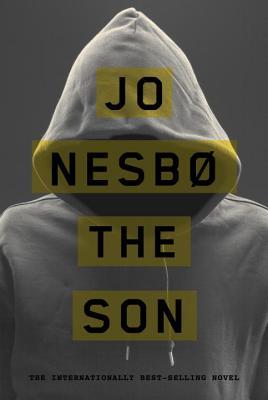Back in the day (and the day being somewhere around 1996 or so), we were in Washington DC for a family vacation, tacked onto a conference where I was speaking. I thought the lasting memory of that trip would be to show our son the town where I grew up, and to share with him the sights and sounds of our nation's capital. I was wrong.
We had just come from one of the Smithsonian museums (which was a large hit with the young czuk), and were wandering the Mall, where Folklife Festival was in full swing. We watched dancing from Thailand, heard music from Latin America and the Caribbean, tasted food from the Bahamas. It was grand. But that year, there also were exhibits featuring Masters of Traditional Arts; those talented treasures we honor with the title of National Heritage Fellows. As we walked down the grassy Mall, my eye was caught by a woman in Ukrainian garb, and I pulled my guys over to her, eager to expose our son to a bit of his heritage.
Inside the tent, the woman was delicately holding an egg in one hand. With the other, she was using a tool* to draw lines on the egg. Spread across the table in front of her were the most beautiful eggs, jewels of bright colors and intricate designs. I'd seen pictures of these eggs since my own childhood, but never seen anyone create them. The designs and colors had fascinated me ever since. Transfixed, I watched as she added elements to her design and then submerged the egg into a jar of colored fluid. My hands itched to try, but I knew that I could never create such beauty. I was no artist. I'd even had a teacher tell me so in eighth grade, when I finished a painting of a sunset on water, which I'd slaved over for weeks. My colorful flourishes of swirling light didn't match up with her image of art. Her scorn, and her unkind words, became chains to my creativity and confidence.
My guys wandered off to another exhibit, while I stood enchanted, watching Betty Pisio Christenson write pysanky. I listened to her tell other visitors about the art, some of which I knew already from my immersion into Ukrainian culture through my marriage to Javaczuk. (Though my family origins are in Ukraine, my ancestors were Jewish, and did not create this type of folk art. The two cultures shared words and foods, but not art.) As I stood there, like a groupie, we began to talk. I told her I'd loved the pictures of eggs I'd seen since childhood, and always wished I could create one.
"Well, why don't you?", she asked, with kistka in hand.
"Oh, no. I'm not an artist. I could never do such beautiful work, or that kind of detail."
"Have you tried?", she responded.
"Um, no..."
She put the kistka down, pushed her glasses up on her forehead, and looked at me sternly. "Well, don't tell me you can't do it, until you've tried."
Chastened, I shut up, and scurried out of the tent soon after. But the beautiful pysanky still called my name. I regretted not taking pictures of her and her eggs. I wistfully remembered their beauty. But I did nothing else about it.
That September, 18 years ago last week, I opened a beribboned birthday present from my guys. Inside was a "starter kit" for writing pysanky, and a book. I stared at it, both thrilled and horrified, eager to try, but afraid to make a muck of it. But Betty's words, and my own heart's desire, proved too much. I picked up the book, read through it, grabbed my kistka and tried.
Since then, I've written** pysanky almost continually, with only slight hiatuses here and there. When we put our home on the market last year, I packed away my pysanky supplies. In the new place, I was busy getting things settled and wasn't sure where I would do the waxwork, dying, etc. But now, I'm ready. My setup isn't perfect, but my tools are out, my dyes refreshed, and my mind overflowing with ideas. (Seriously, I can't fall asleep at night for all the ideas that flash through, and my dreams are colored with patterns, swirls, and designs.) I'm back in the saddle again, though it's not a six-shooter at my side, it's a kistka and beeswax. I'm headed to the open canvas of eggshells, to write my art.
*
For anyone interested, Betty was using an electric kistka that day, as it was blustery.
**Pysanky are written, not painted, using a wax and dye resistance process, much like doing batik on an eggshell. The letters and symbols all have meanings, and creating an egg is, for me, a combination of creativity and meditation.



































